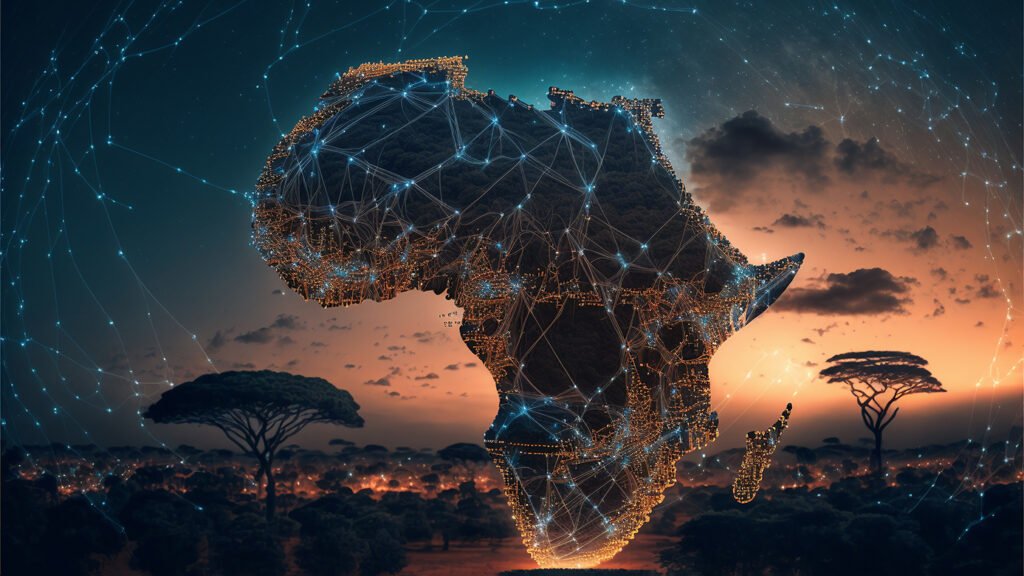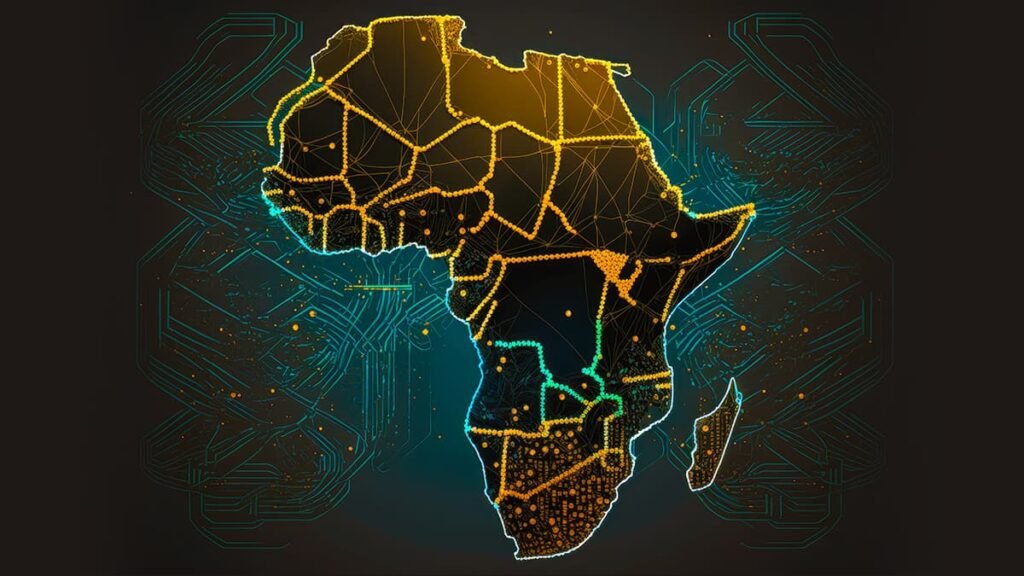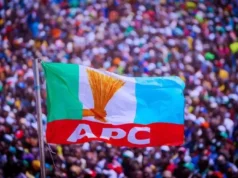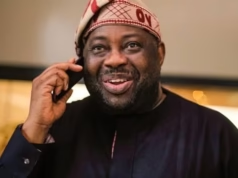In a comprehensive new analysis by McKinsey, Africa is poised to unlock up to a massive $100 billion per annum from generative artificial intelligence—provided the continent can surmount key obstacles in education, hands-on interaction with AI, and inclusive access for all. The report, Leading, Not Lagging: Africa’s Gen-AI Opportunity (2025), underscores the urgency for realistic, accessible strategies that account for Africa’s youthful demographic and uneven infrastructure, emphasising that this potential remains largely untapped. Today, just 40 percent of African institutions are experimenting with or deploying generative AI solutions—proof both of momentum and of how much more ground remains to be covered.
With nearly 70 percent of sub-Saharan Africa’s population under 30 years old, the continent is uniquely positioned to benefit from AI—if young Africans are equipped with proper education, exposure and opportunity.
Table of Contents

Cultivating Africa’s AI Advantage: Youth, Learning and Real-World Tools
One of the key voices highlighted in the McKinsey report is Professor Letlhokwa Mpedi, Vice-Chancellor of the University of Johannesburg, who passionately emphasises that learning AI theoretically is not enough—Africans must interact with AI systems directly: “We need to create more opportunities for people to interact with AI and learn.”
In response to this insight, a growing number of initiatives and start-ups are designing AI tools for educational purposes across the continent:
- Kwame for Science, an AI-driven teaching assistant tailored for West Africa, allows students to ask science questions and receive helpful answers. Deployed over eight months across 32 countries (15 of which are in Africa), the tool recorded over 1,500 questions. It boasts an impressive 87 percent top-3 accuracy, meaning at least one of the three answers presented is useful—demonstrating real practical value.
- Broader efforts led by researchers like George Boateng and colleagues explore tools such as SuaCode, AutoGrad, AI-based plagiarism detectors, and other bilingual coding or science assistance platforms that help boost computing education—even where resources like reliable electricity and internet are limited.
These examples show that hands-on AI learning is taking hold—but the scale needs to grow.
From Farm to Classroom: Where AI Is Changing Lives Already
The McKinsey report illustrates that agriculture is one sector where AI’s impact is already visible and promising:
- Innovations such as drone-based crop analysis and video-driven yield monitoring help farmers predict outcomes more accurately.
- In places like Kenya and Senegal, mobile AI tools deliver real-time pricing and market data straight to smallholder farmers’ phones—empowering better decisions.
- Decision-making systems also guide farmers on when to sell their produce for the best returns.
Still, these successes also highlight where the gaps remain—such as limited rural connectivity, lack of localized data, and insufficient AI literacy among communities.

Bridging the Divide: Education, Inclusion and Infrastructure
As much as agriculture offers a breakthrough, the broader message of the report remains: education, interaction and inclusion are the levers that will unlock Africa’s full $100 billion AI opportunity.
- Education: Knowledge about AI must be rooted in local realities. Students need both theoretical grounding and practical, relevant examples in their schooling. Tools like Kwame for Science are a start—but more investment is required to scale such platforms across the continent.
- Interaction: It is essential that young people and professionals not only learn about AI but get to work with real systems. Without hands-on use, AI remains abstract and inaccessible.
- Inclusion: Access must extend beyond urban tech hubs. Many rural communities are still challenged by electricity access, unreliable internet, and scarce devices. Additionally, many African languages remain under-represented in AI systems—making inclusivity not simply a moral imperative but a practical one.
These findings align with broader discussions in the media and research community. For instance, the Financial Times noted how AI tools—from Google’s Project Relate in Ghana to diagnostics in Zambia, farmers’ aid in Kenya, and tailored school materials in Ethiopia—already show promise. Yet the same article emphasised that limited infrastructure, scarce local language support, and fragmented AI investment threaten to leave Africa behind unless carefully managed—echoing the McKinsey report’s message.
Taking Action: Seizing Africa’s AI Moment
Africa’s AI opportunity is real, but the path forward must be bold and inclusive. Here are key priorities:
- Scale up AI-powered educational tools such as Kwame for Science, making them accessible across schools and online platforms.
- Promote bilingual or mother-tongue AI solutions, which help students learn more effectively in native languages.
- Enhance partnerships between government, academia and tech innovators to build capacity, localize data, and develop tailored AI curricula.
- Invest in infrastructure—from affordable devices to reliable internet and stable power supply—especially in underserved areas.
- Encourage equity-focused policies, ensuring AI benefits reach marginalised populations, including rural farmers, young women, people with disabilities, and students in remote regions.
If these strategies are implemented effectively, Africa’s youthful population and growing tech ecosystem can propel the continent into a transformative AI-powered era—rather than letting it lag behind.

Conclusion
Africa stands at a pivotal moment. With 70 percent of its people under 30, and multiple sectors—from agriculture to education—beginning to embrace AI, the continent is uniquely positioned for a huge leap forward. Yet, the difference between emerging promise and realised prosperity lies in education that teaches and empowers, interaction that builds not just interest, and inclusion that truly reaches across language, geography and social divides.
Implementing targeted, thoughtful strategies now may mean unlocking up to $100 billion annually in generative-AI-driven value—a prize too large and too vital to ignore.
Join Our Social Media Channels:
WhatsApp: NaijaEyes
Facebook: NaijaEyes
Twitter: NaijaEyes
Instagram: NaijaEyes
TikTok: NaijaEyes





